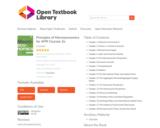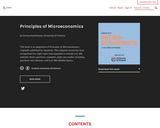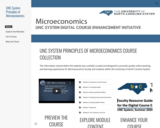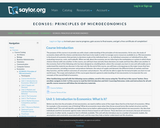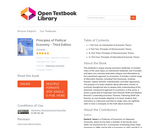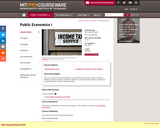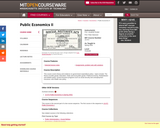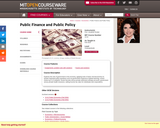
Principles of Macroeconomics for AP® Courses covers the scope and sequence for a one-semester Advance Placement Macroeconomics course. The book is on the example textbook list for the AP® course here. The text also includes many current examples, including the housing bubble and housing crisis, Zimbabwe’s hyperinflation, global unemployment, and the appointment of the United States’ first female Federal Reserve chair, Janet Yellen.
- Subject:
- Economics
- Social Science
- Material Type:
- Textbook
- Provider:
- Rice University
- Provider Set:
- OpenStax College
- Author:
- Amyaz Moledina
- Andres Jauregui
- Craig Richardson
- Dan MacDonald
- David Shapiro
- Diane Keenan
- Eric Dodge
- Ralph Sonenshine
- Steven Greenlaw
- Timothy Taylor
- Date Added:
- 08/14/2015

